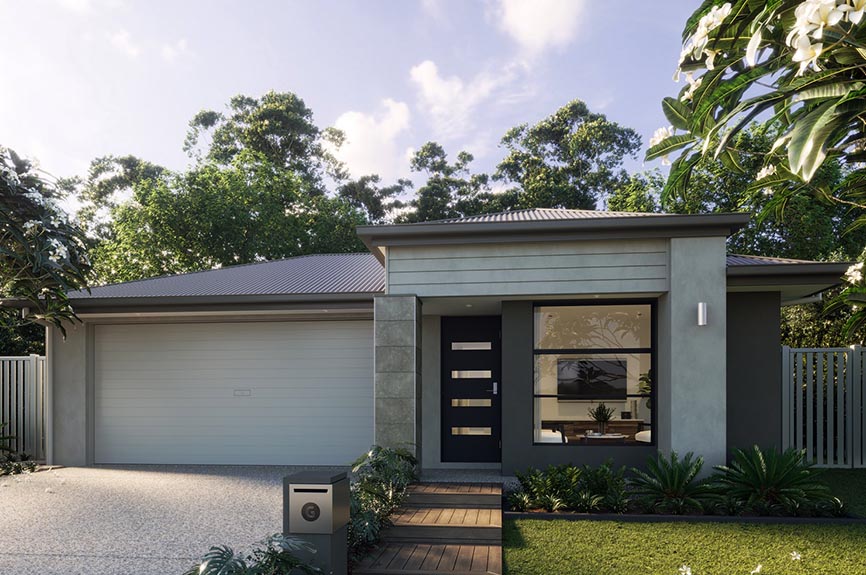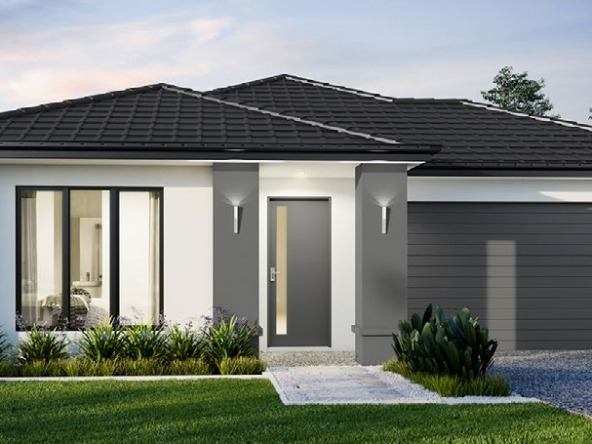The ongoing costs of keeping a property. When buying a property, there are always necessary holdings costs. Most are aware that a loan is usually part of the purchase, so paying a mortgage is a common ongoing cost. This is very true, but in this market insight we want to share with you the type of other outgoing costs are associated to owning a property.
If the property is for investment purposes or to occupy, these outgoing responsivities will differ, but we won’t elaborate on the difference between an family residence or investment property in this article.
Here are a list of the outgoing costs of keeping a traditional residential property:
Council rates:
Council rates are required by all property owners. These rates are collected by your local council to deliver essential services and infrastructure to the Victorian community. They are effectively a tax expense. Property values are used as the basis for calculating how much each property owner pays. The council use these funds to pay for:
- Construction & maintenance on bridges, roads and footpaths
- Drainage works
- Household rubbish collection and disposal
- Kerbside recycling collection
- Hard and green waste collections
- Public lighting
- Park/reserve maintenance
Water rates:
Water rates are also required by property owners. These rates contribute to covering the cost of:
- Supply, treatment and transfer of billions of litres of water, including water from the Victorian Desalination Plant
- Collection, treatment, reuse, and disposal of billions of litres of sewerage and trade waste
- Delivery and maintenance of thousands of kilometres of local water and sewer pipes
- Information technology and phone system operations
- Customer services and community programs
- Licence fees, income tax and Environmental Contributions
Owners Corporation fees:
Owners corporation fees are only applicable where there are common areas such as a multi development. Properties including apartments and townhouse require an owners corporation. These fees can differ greatly depending on the responsibilities of the owners corporation, the communal spaces requiring maintenance, repairs (when required), shared utilities and the building insurance.
Insurance:
There are a number of insurance policies that may be needed. Building and contents cover are among the most known policies, but for investors you may also need landlord cover.
Property Management Fees:
If you are an investor, you are most likely require a property manager to help source and manage your rental. An important service to ensure you maximise your investment returns. These fees are generally based on a percentage fee of the rental income. These can vary depending on the agency, but they may range from 5% – 7% p.a.
There are other potential outgoing costs
There are many other ongoing costs associated to owning a property, but the above are the most common you’ll experience. Property maintenance is the only other outgoing cost that is inevitable, but they may not be as regular as the above mentioned expenses.
Some properties provide internal gymnasiums and/or swimming pool facilities, that may require an annual membership to gain access. Other properties may have an incorporated maintenance cost, such as cleaning, lawn mowing or even painting. However these are less common to a traditional property.
At Crest Property Investments we specialise in sourcing brand new and off the plan properties for buyers. We also do not charge fees to buyers! If you’d like to learn more, please feel free to contact us. We welcome the opportunity to help you make the best property decision.
While we have taken care to ensure the information above is true and correct at the time of publication, changes in circumstances and legislation after the displayed date may impact the accuracy of this article. If you want to learn more please contact us. We welcome the opportunity to assist you.
September 2021




